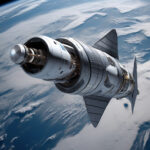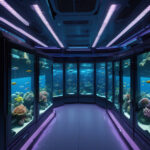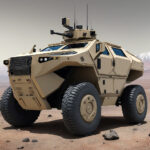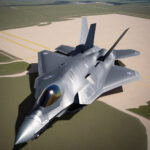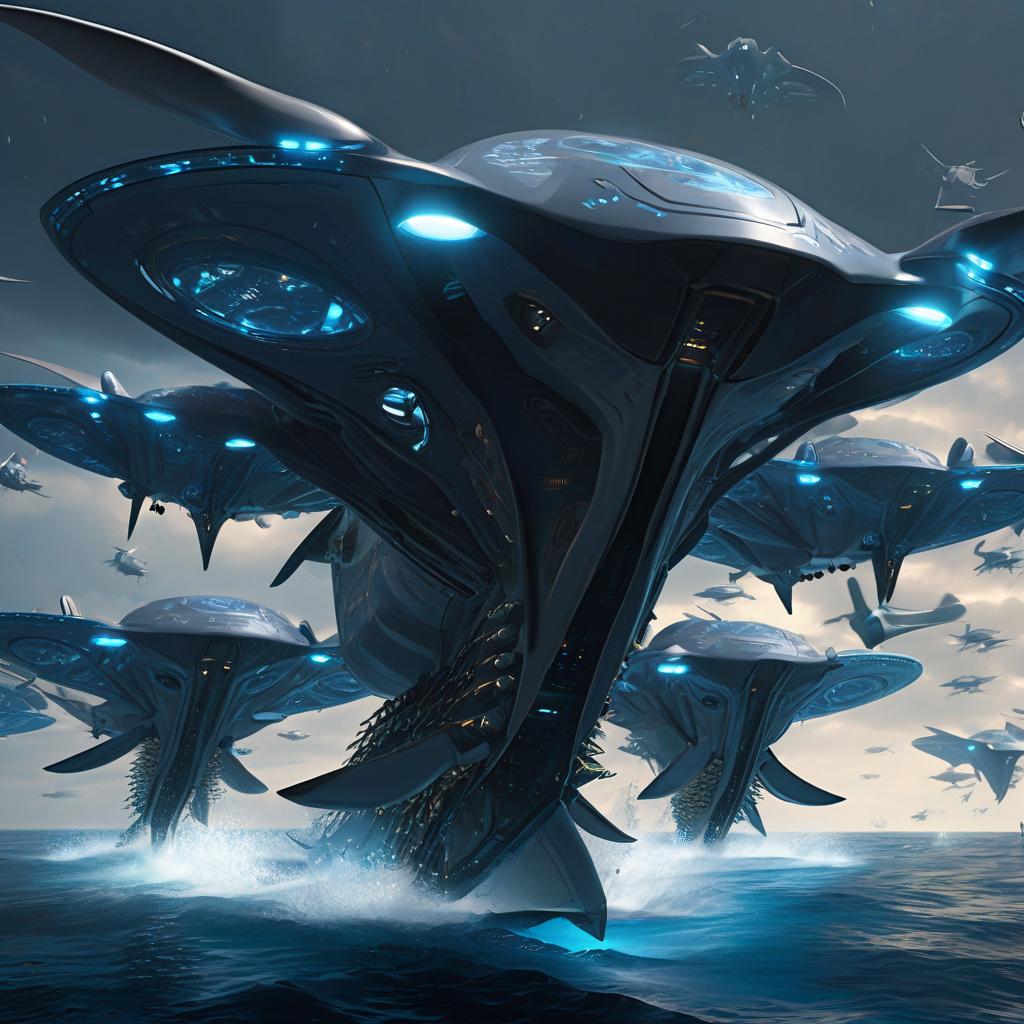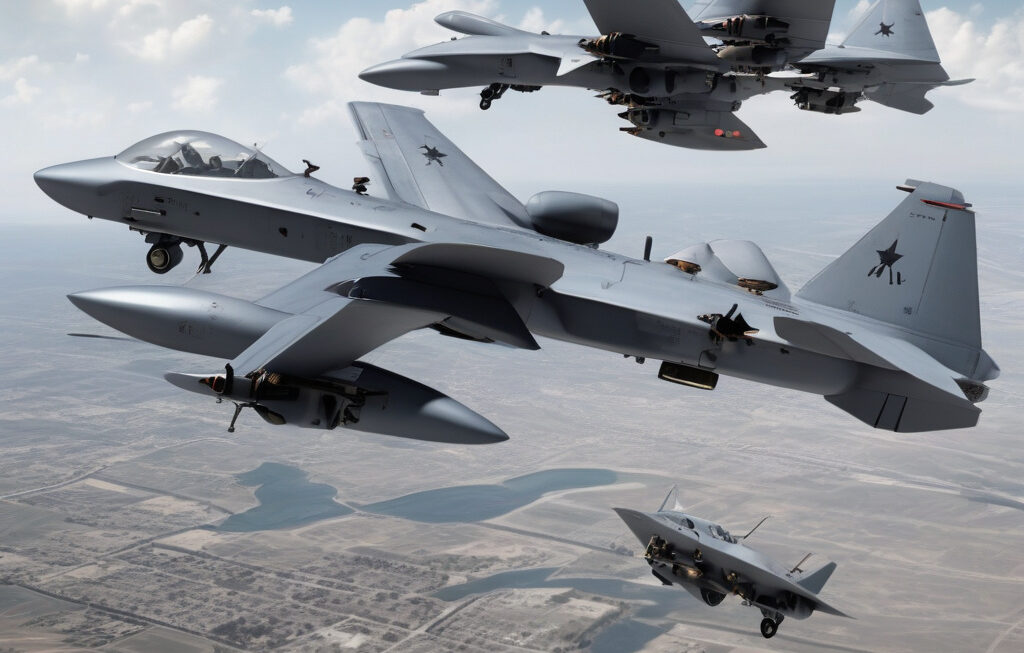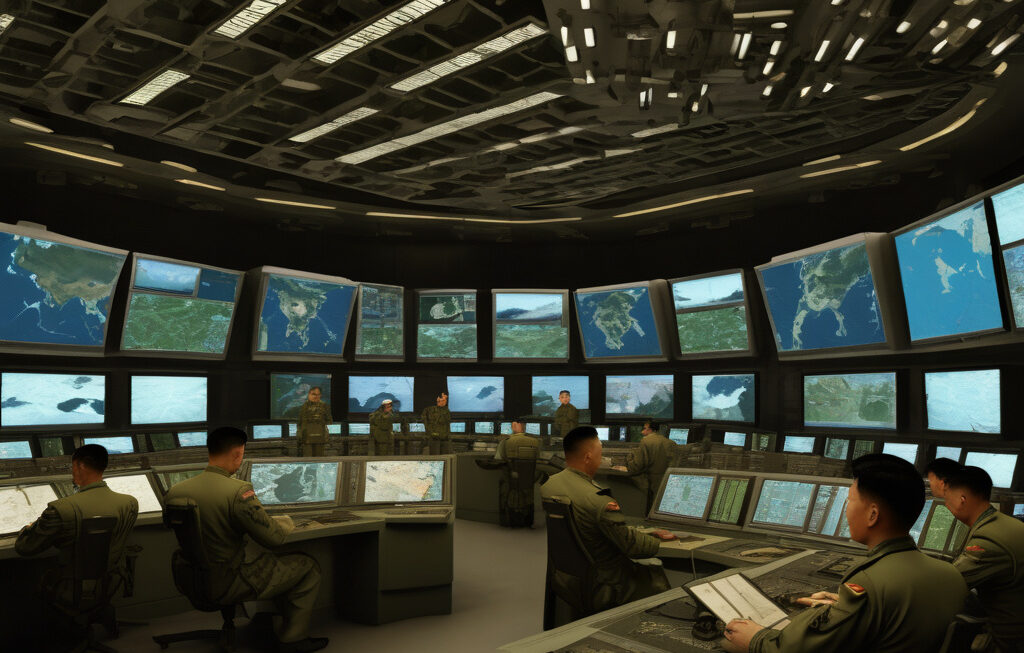China Builds Smarter Naval Drone Swarms with Manta Ray-Inspired Propulsion
From the mesmerizing formations of birds in flight to the synchronized movements of fish schools, nature has long been a source of inspiration for innovative technologies. China is now taking a page from nature’s playbook by developing smarter naval drone swarms equipped with manta ray-inspired propulsion systems.
The concept of drone swarms is not new, but the integration of biomimicry in their design represents a significant leap forward in the field of autonomous maritime operations. By drawing inspiration from the graceful and efficient swimming motion of manta rays, Chinese engineers have been able to enhance the maneuverability, speed, and energy efficiency of these unmanned vehicles.
One of the key advantages of manta ray-inspired propulsion is its ability to enable smoother and more agile movements in the water. Traditional propeller-based propulsion systems can be noisy and disruptive, potentially compromising the stealth and effectiveness of naval operations. In contrast, the undulating movements of manta ray-inspired drones not only reduce noise levels but also allow for greater control and precision in navigation.
Moreover, the biomimetic design of these drones offers improved energy efficiency, which is a critical factor in extending their operational range and endurance. By mimicking the energy-saving mechanisms of manta rays, such as their ability to glide effortlessly through the water using minimal energy, Chinese naval drone swarms can cover longer distances and stay deployed for extended periods without the need for frequent recharging or refueling.
In addition to their enhanced performance capabilities, manta ray-inspired naval drone swarms also present new opportunities for collaborative and cooperative operations. By leveraging advanced communication and coordination algorithms, these autonomous vehicles can work together in a coordinated manner to accomplish complex tasks more effectively. Whether it’s conducting reconnaissance missions, monitoring maritime traffic, or supporting search and rescue operations, the collective intelligence and collaborative behavior of drone swarms offer a force multiplier for naval forces.
Furthermore, the application of biomimicry in the development of naval technologies underscores China’s commitment to innovation and sustainability. By aligning with nature-inspired solutions, Chinese engineers are not only enhancing the capabilities of their naval fleet but also contributing to the conservation and preservation of marine ecosystems. Manta rays, as gentle giants of the ocean, symbolize harmony between technology and nature, reminding us of the importance of responsible innovation in the maritime domain.
As China continues to invest in the research and development of manta ray-inspired naval drone swarms, the future of autonomous maritime operations looks promising. By harnessing the power of biomimicry, Chinese engineers are paving the way for a new era of smarter, more efficient, and environmentally friendly naval technologies that will shape the strategic landscape of the seas.
In conclusion, the integration of manta ray-inspired propulsion in China’s naval drone swarms represents a paradigm shift in autonomous maritime operations. By tapping into nature’s design principles, Chinese engineers have unlocked a world of possibilities for enhancing the performance, efficiency, and sustainability of naval technologies. As these biomimetic innovations take flight in the open seas, they not only showcase China’s technological prowess but also highlight the beauty and brilliance of nature’s influence on human ingenuity.
naval technology, drone swarms, biomimicry, China, manta ray propulsion
